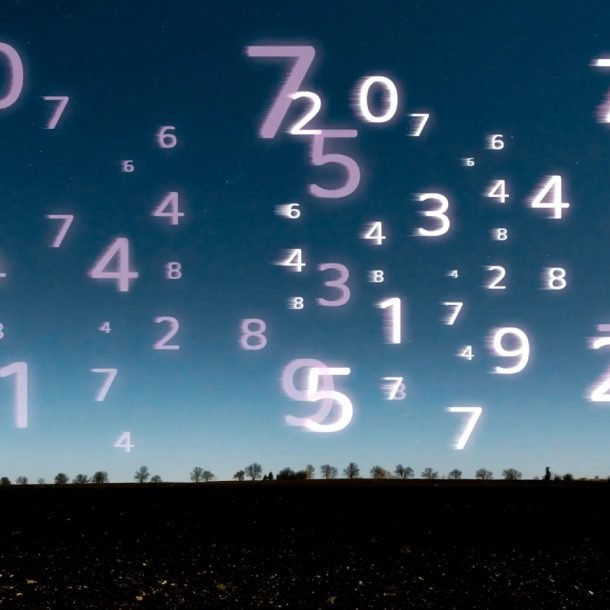
The concepts of direct, inverse and joint variation are commonly discussed but linear relation is not discussed often. Today, we will discuss what we mean by “linearly related”. A linear relation is one which, when plotted on a graph, is a straight line. In linear relationships, any given change in an independent variable will produce a corresponding change in the dependent variable, just like a change in the ![]() -coordinate produces a corresponding change in the
-coordinate produces a corresponding change in the ![]() -coordinate on a line.
-coordinate on a line.
We know the equation of a line: it is ![]() , where
, where ![]() is the slope and
is the slope and ![]() is a constant.
is a constant.
Let’s illustrate this concept with a GMAT question. This question may not seem like a geometry question, but using the concept of linear relations can make it easy to find the answer:
Question: A certain quantity is measured on two different scales, the ![]() -scale and the
-scale and the ![]() -scale, that are related linearly. Measurements on the
-scale, that are related linearly. Measurements on the ![]() -scale of 6 and 24 correspond to measurements on the
-scale of 6 and 24 correspond to measurements on the ![]() -scale of 30 and 60, respectively. What measurement on the
-scale of 30 and 60, respectively. What measurement on the ![]() -scale corresponds to a measurement of 100 on the
-scale corresponds to a measurement of 100 on the ![]() -scale?
-scale?
(A) 20
(B) 36
(C) 48
(D) 60
(E) 84
Let’s think of the two scales ![]() and
and ![]() as
as ![]() – and
– and ![]() -coordinates. We can get two equations for the line that depicts their relationship:
-coordinates. We can get two equations for the line that depicts their relationship:
![]() ……. (I)
……. (I)
![]() ……(II)
……(II)
(II) – (I)
![]()
![]()
Plugging ![]() in (I), we get:
in (I), we get:
![]()
![]()
Therefore, the equation is ![]() . Let’s plug in
. Let’s plug in ![]() to get the value of
to get the value of ![]() :
:
![]()
![]()
Answer (C).
Alternatively, we have discussed the concept of slope and how to deal with it without any equations in our Co-ordinate Geometry Module. Think of each corresponding pair of ![]() and
and ![]() as points lying on a line – (6, 30) and (24, 60) are points on a line, so what will (
as points lying on a line – (6, 30) and (24, 60) are points on a line, so what will (![]() , 100) be on the same line?
, 100) be on the same line?
We see that an increase of 18 in the ![]() -coordinate (from 6 to 24) causes an increase of 30 in the
-coordinate (from 6 to 24) causes an increase of 30 in the ![]() -coordinate (from 30 to 60).
-coordinate (from 30 to 60).
So, the ![]() -coordinate increases by
-coordinate increases by ![]() for every 1 point increase in the
for every 1 point increase in the ![]() -coordinate (this is the concept of slope).
-coordinate (this is the concept of slope).
From 60 to 100, the increase in the ![]() -coordinate is 40, so the
-coordinate is 40, so the ![]() -coordinate will also increase from 24 to
-coordinate will also increase from 24 to ![]() .
.
Again, (C) is our answer.